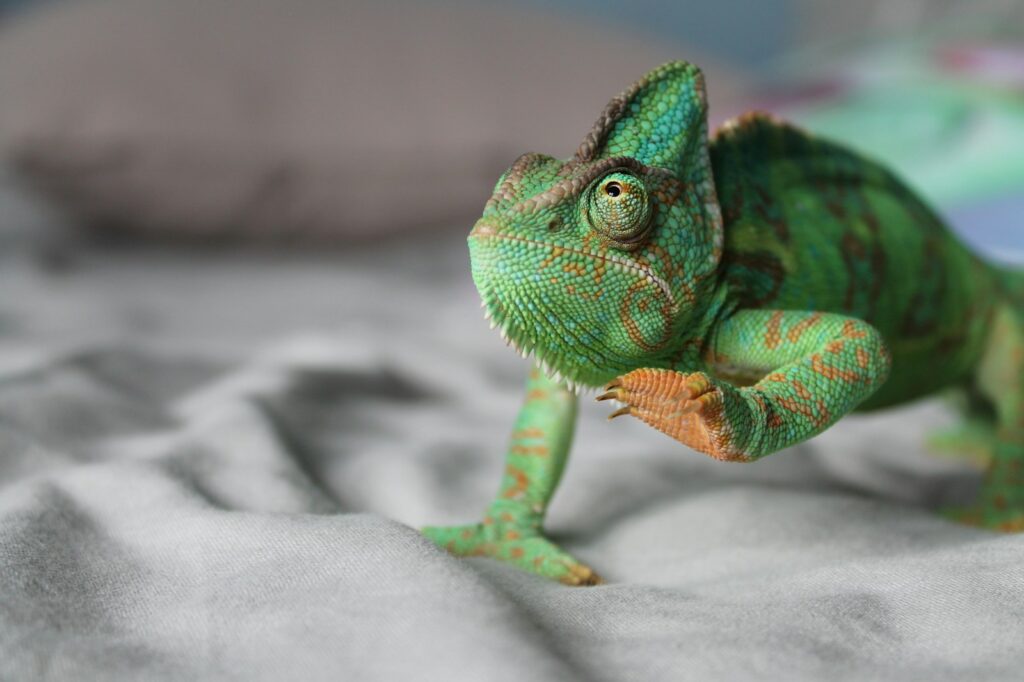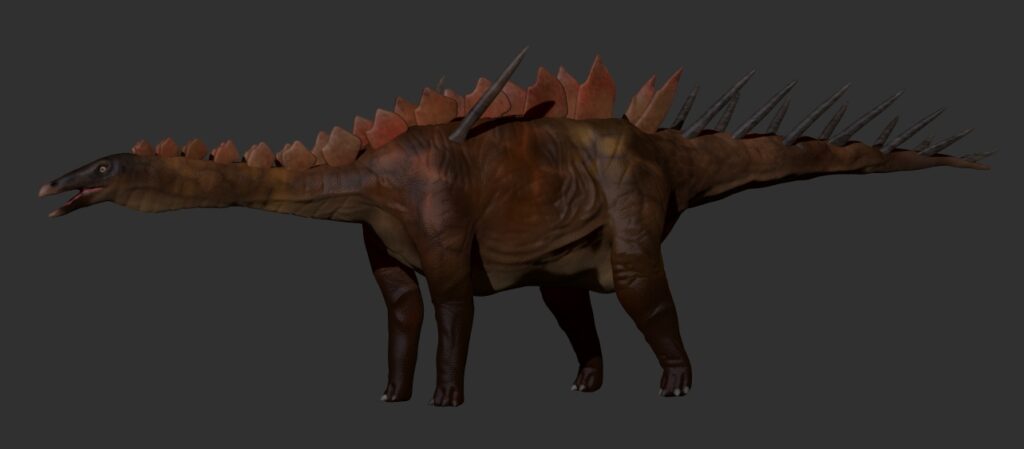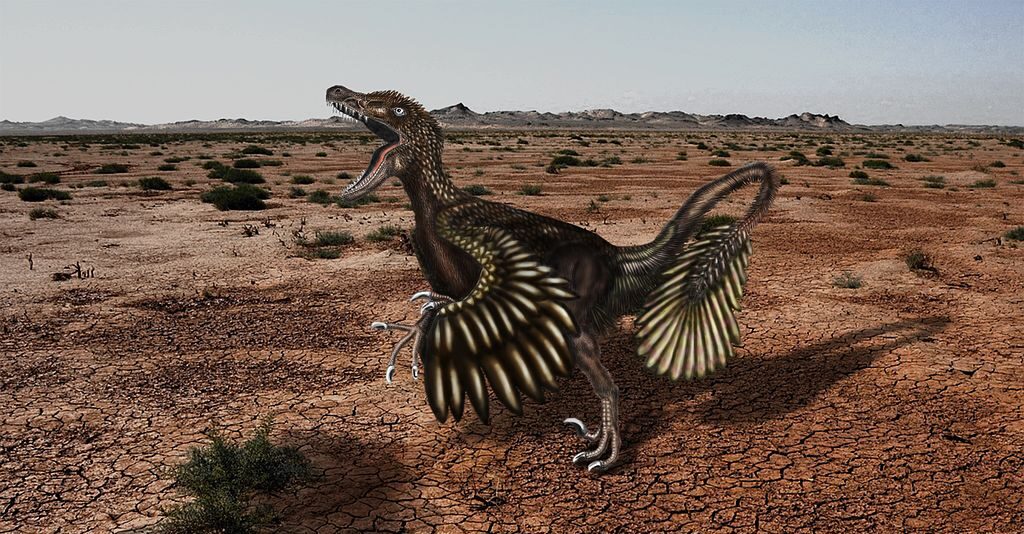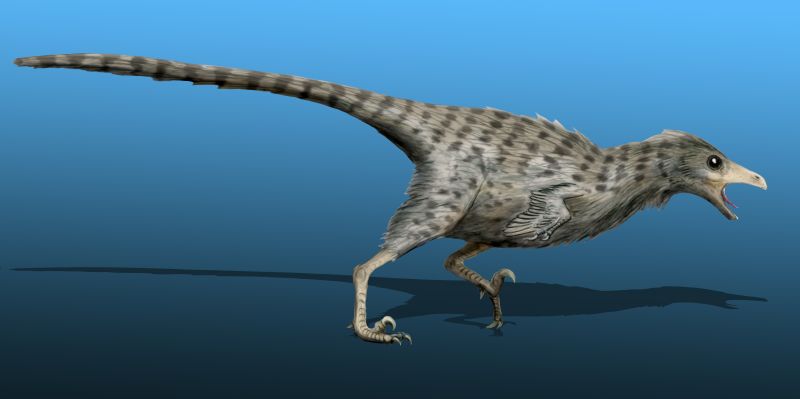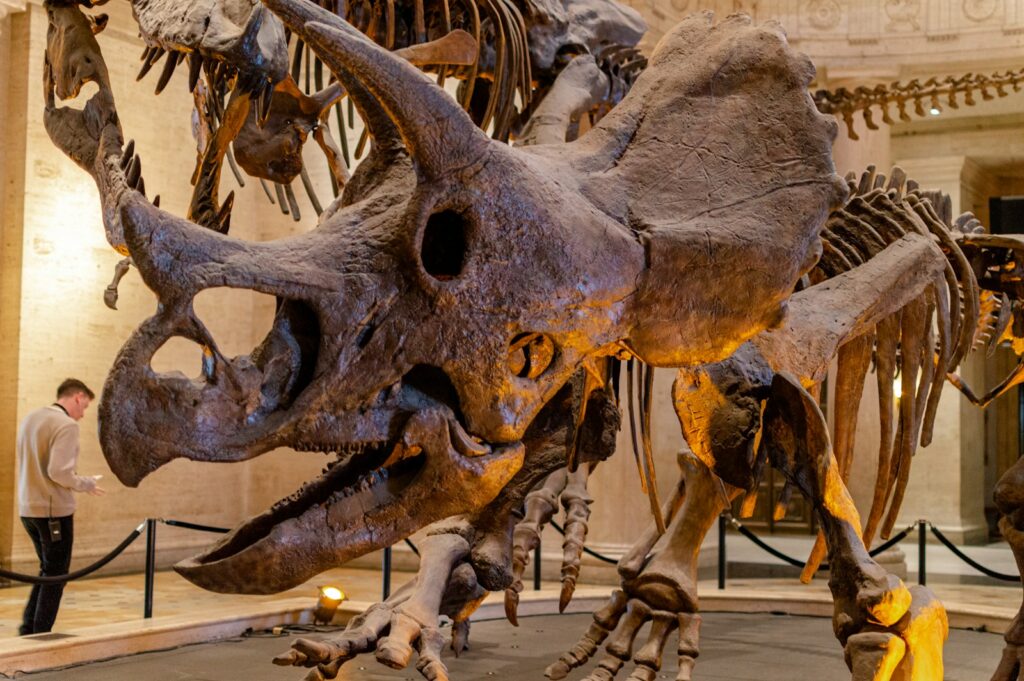Confuciusornis The Ancient Bird With a Toothless Beak
Confuciusornis, whose name translates to “Confucius bird,” represents one of the most significant discoveries in avian paleontology. Dating back approximately 125-120 million years to the Early Cretaceous period, this remarkable creature provides a crucial evolutionary link between dinosaurs and modern birds. As one of the earliest birds to possess a toothless beak similar to contemporary ...


